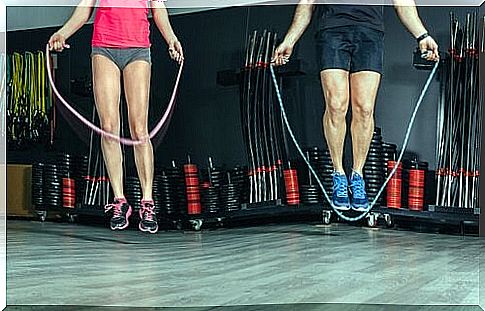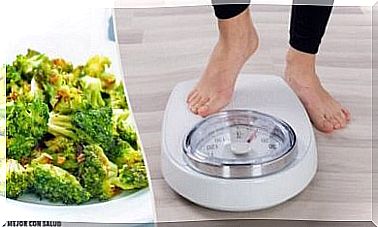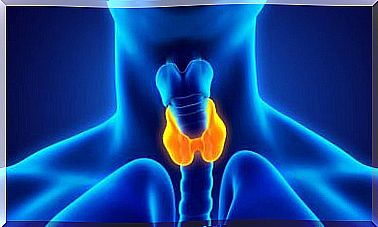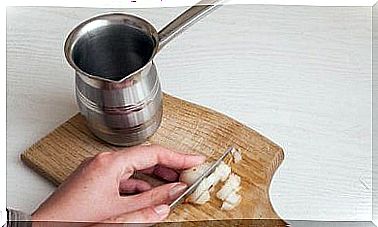6 Benefits Of Skipping Rope, A Very Complete Exercise
Skipping rope is a physical activity that improves reflexes, responsiveness, and aerobic and anaerobic skills.

3600 years ago, the Egyptians used lianas for the activity that we now call jumping rope. At that time, it was just a game, a hobby. Today, skipping rope is a real physical activity with many health benefits.
Jump rope is an activity that can be enjoyed by anyone, anywhere. Age does not matter, as this activity does not require exceptional physical baggage. In addition, it is an economic activity: a simple rope is necessary.
However, it is important to take into account the following element: the rope must be perfectly adapted to the height of the person.
It is possible to increase the difficulty by using ropes of different weights. We also recommend that you try skipping rope with ankle weights, always starting with a low or medium difficulty level.
Through this article, you will learn why skipping rope is not just an activity for little girls, and why tough workout routines include this exercise, especially boxer routines. Let’s discover together the 6 health benefits of skipping. Are you ready to get started?
1. Skipping rope improves concentration

Concentration is an intellectual ability that, like a muscle, improves with exercise. All the activities that we do will be much more efficient and precise if our concentration is good. Good concentration is useful in all areas: at work, at home, for games …
Skipping rope requires a very high level of attention. This exercise requires good rope-arm-leg coordination, which is only possible if we are well focused: all our senses must be engaged until the movements become mechanical.
2. Jump rope builds muscle resistance
Skipping rope allows you to develop different physical abilities. We can follow a muscle resistance routine in which the pace of the jumps is mild or moderate. It is also possible to opt for a very sustained pace, in order to try to bring the muscle to its limit.
In both cases, we gain strength and muscle tone. After a few weeks of practice, you will observe the results: toned quads and more developed and defined calves. This physical activity also allows you to work intensely on the abdominal area.
3. Jump rope improves aerobic and anaerobic skills.

When we start this type of training, our lung capacity and physical stamina are usually low. It is therefore normal that, during the first sessions of jumping rope, we are not able to last more than five or ten minutes.
Doing high-intensity jumps for a short period of time improves your anaerobic skills. Conversely, if you want to develop your aerobic skills , you need to exert less effort but over a longer period of time.
4. Skipping rope helps you lose weight
Exercising with a rope is a great option if you want to lose weight. The reason is this: the whole body is moving and many muscle groups are working. Thus, skipping rope allows you to burn fat immediately.
The more we perfect our jump rope technique and skill, the more fat we burn. In addition, with sweat, we eliminate toxins from the body : this activity helps to purify the body, and thus to prevent many diseases.
5. Jump rope strengthens bone structure

If you pay attention to what is going on in your body when you practice this exercise, you will find that all of the bone structure in your body moves with the jumps . This continuous movement of the legs, arms, and spine works our skeleton and gives it strength and resistance in the face of possible fractures.
Osteoporosis is a bone problem that skipping rope can prevent. This activity also strengthens the intervertebral discs by developing the para-vertebral musculature. This protects us from possible hernias and back pain.
6. Skipping rope improves reflexes
It is no coincidence that the sports elite of the boxing world include jump rope exercises in their training. By soliciting our coordination, our attention and our concentration, skipping rope allows us to develop our reflexes.
The more you pick up the pace, the more precise, skillful, and quick you have to be. These qualities are very useful in everyday life. Improving responsiveness can even save lives in a case of force majeure.
So, are you ready to jump rope?









